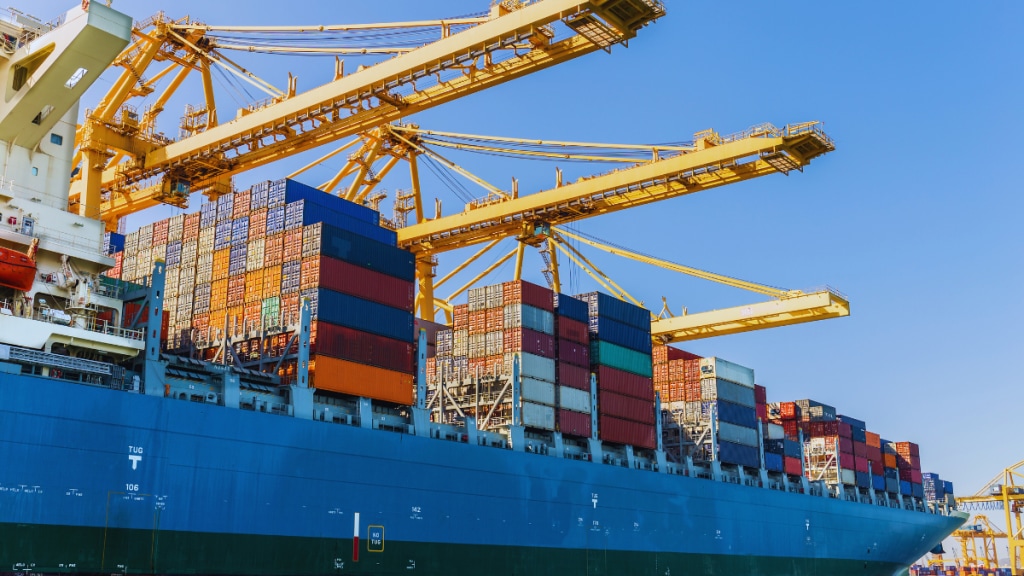India and Russia-led Eurasian Economic Union (EAEU) last week discussed issues related to payments in local currencies, eclogistics and standards to improve predictably and ease of doing business as work to diversify trade beyond oil and make it more balanced. In the EAEU where Russia dominates, India-Russia trade has been dominated by oil. The oil trade has led to a huge trade surplus for Russia, which India is seeking to bring down. Sharpening international scrutiny of Russia’s energy trade and sanctions has added an additional layer of urgency to the negotiations.
Sanctions have restricted Russian access to international banking channels and shipping which needs to be addressed for smoother trade. These issues came up in meetings in Moscow between Commerce Secretary Rajesh Agrawal and trade officials of the EAEU.
He met Minister in charge of Trade of the Eurasian Economic Commission Andrey Slepnev and reviewed the next steps for the India–EAEU FTA in goods.
The Terms of Reference signed on 20 August 2025 outline an 18-month work plan aimed at diversifying markets for Indian businesses, including MSMEs, farmers and fishermen. The services and investment tracks will also be examined as the process advances.
In his discussions with Deputy Minister of Industry and Trade of the Russian Federation Mikhail Yurin, the Commerce Secretary explored ways to enhance trade diversification, supply-chain resilience and cooperation in critical minerals. Measures for faster approval for Indian exporters in EAEU were also agreed to in the meeting Commerce Secretary held with his counterparts in Moscow.
Both sides discussed a time-bound pathway (for approval of units for exports to Russia) across key sectors such as pharmaceuticals, telecom equipment, machinery, leather, automobiles and chemicals. “Quarterly regulator-to-regulator engagement was agreed upon to address certification requirements, listings of agricultural and marine businesses, prevention of monopolistic practices and other non-tariff issues,” a statement by the ministry of commerce and industry said.
Both sides are targeting $ 100 billion in goods trade by 2030 from around $ 70 billion at present. The EAEU also includes Armenia, Belarus, Kazakhstan, and Kyrgyzstan, though trade with Russia is 99% of the total India-EU trade. Trade between India and Russia was marginal till the conflict in Ukraine in 2022 bumped it up substantially. Due to turmoil in world energy markets, India turned to Russia as a supplier of crude. This increased imports, leading to the deficit growing to $ 58.9 billion in 2024-25 from $ 6.61 billion in 2021-22.
To bridge the deficit India is seeking faster approvals for its exporters and removal of other non tariff barriers. The proposed FTA is also an effort to seek access for Indian exports of agriculture, pharma, telecom and engineering products.

